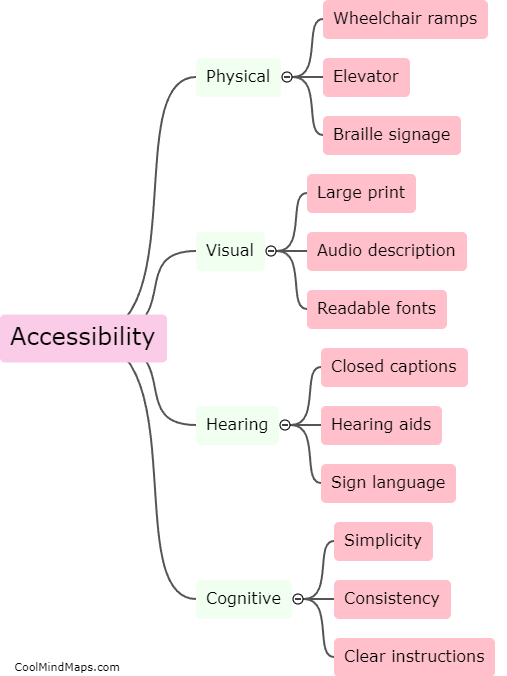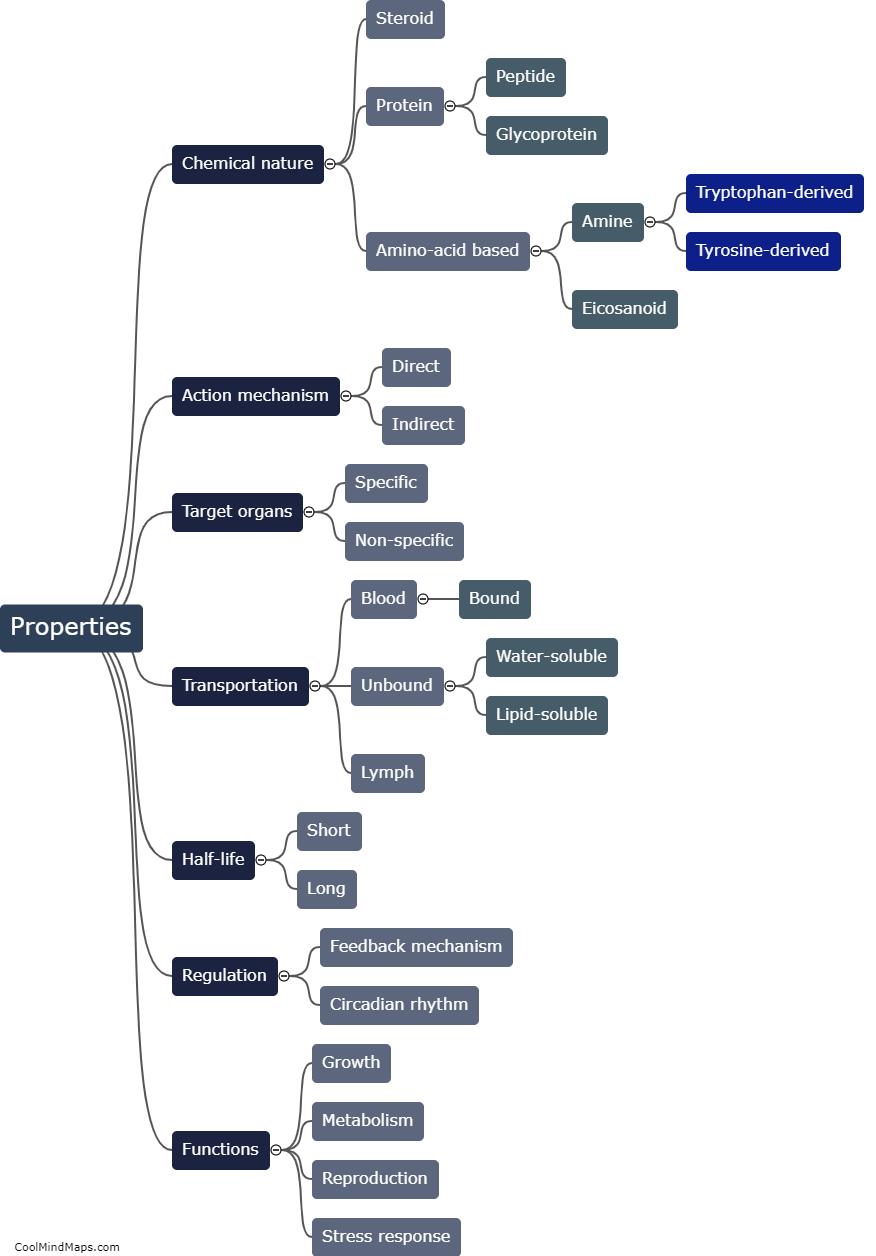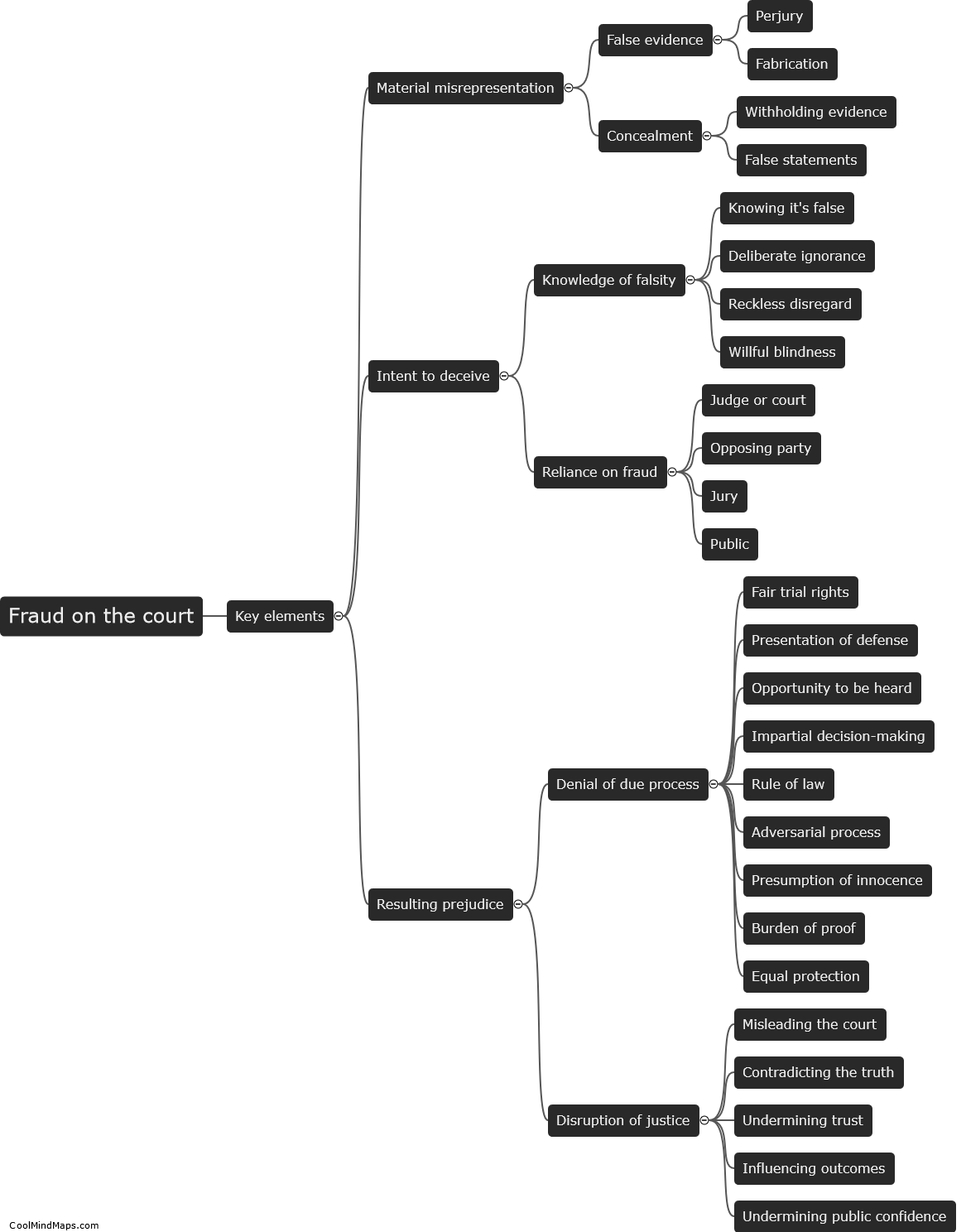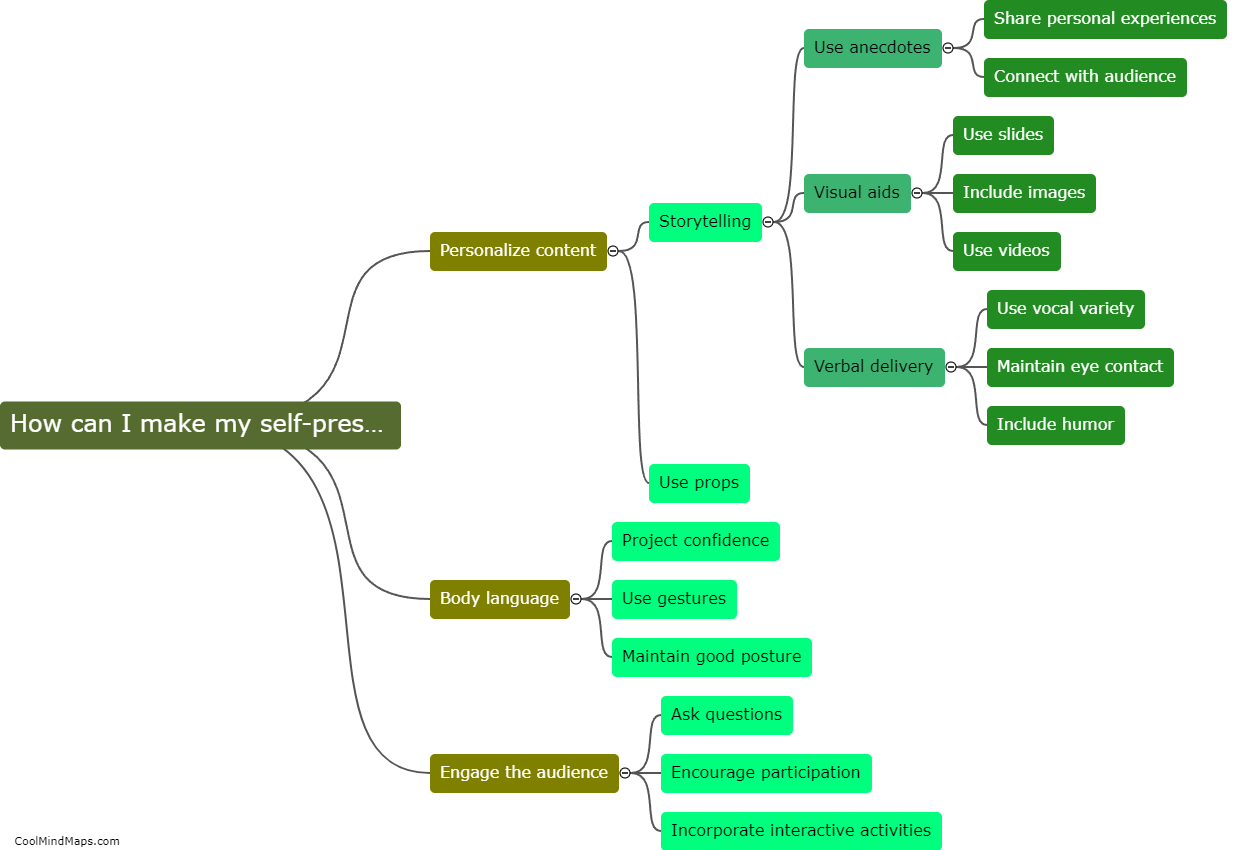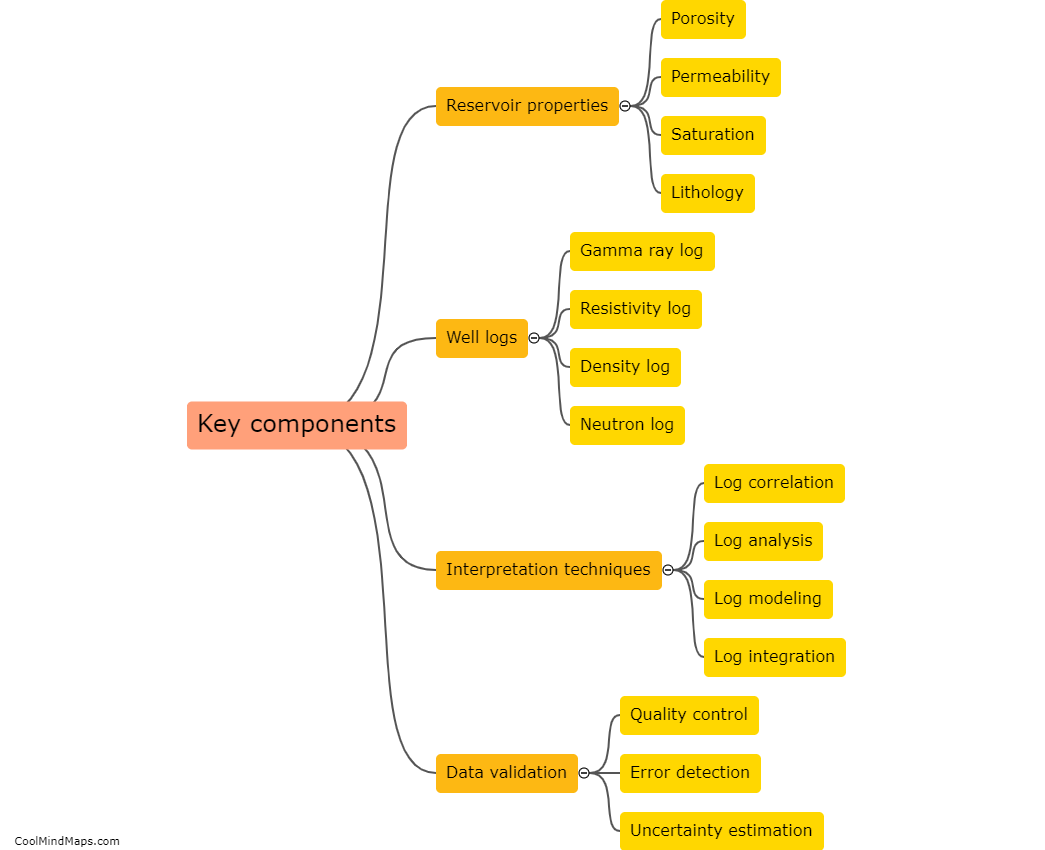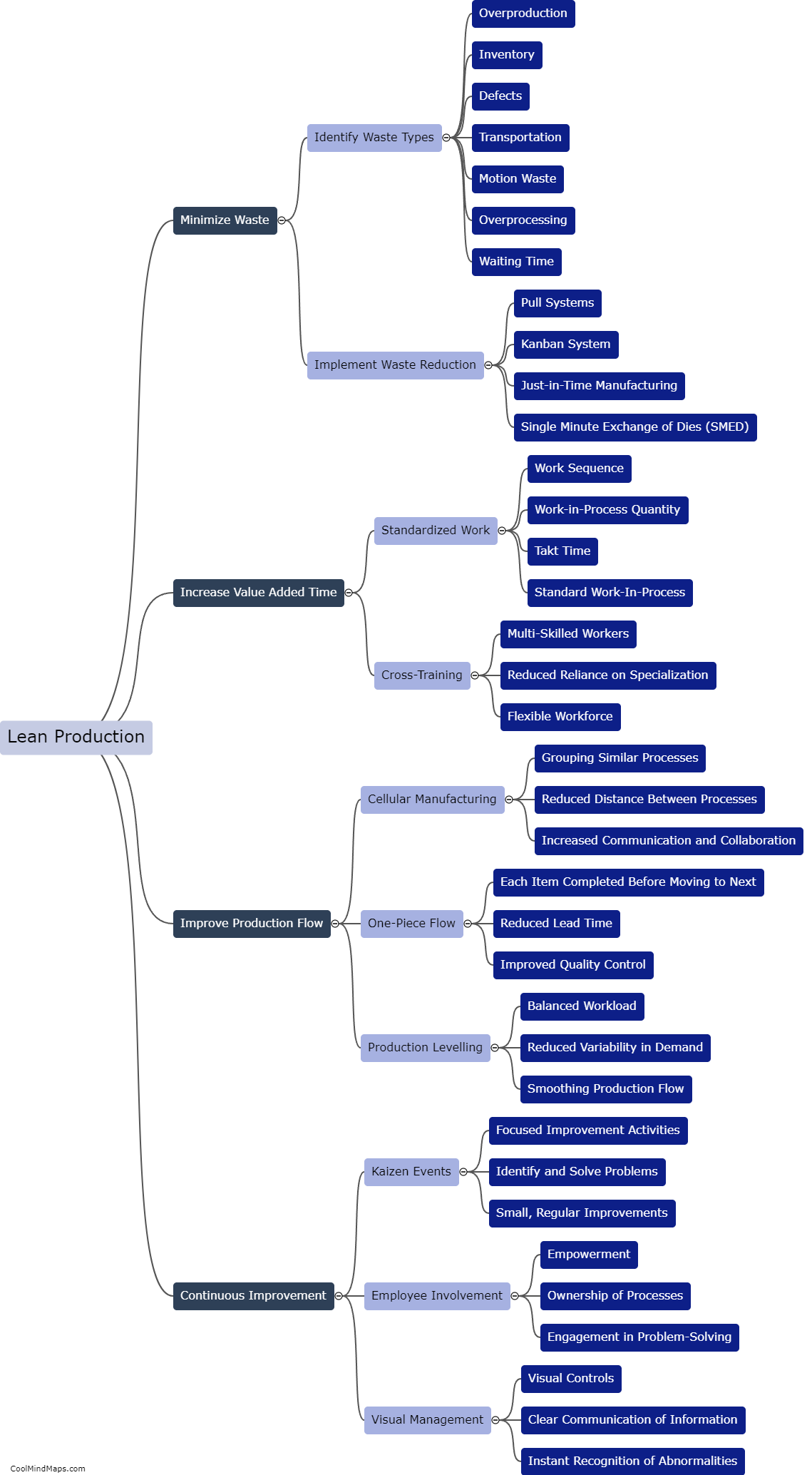What is resistivity logging?
Resistivity logging is a geophysical method used in the field of petroleum exploration to determine the presence and characteristics of hydrocarbon reservoirs beneath the Earth's surface. It involves the measurement of the electrical resistance of rocks and fluids in the subsurface using specialized tools called resistivity sondes. These sondes are typically lowered into a borehole and send electric currents into the formations surrounding the well. By analyzing the resistivity values at different depths, geologists can gain insights into the rock types, porosity, fluid saturation, and permeability of the reservoir. Resistivity logging is a valuable technique for assessing the potential productivity and overall viability of oil and gas fields before drilling operations take place.

This mind map was published on 3 November 2023 and has been viewed 115 times.
